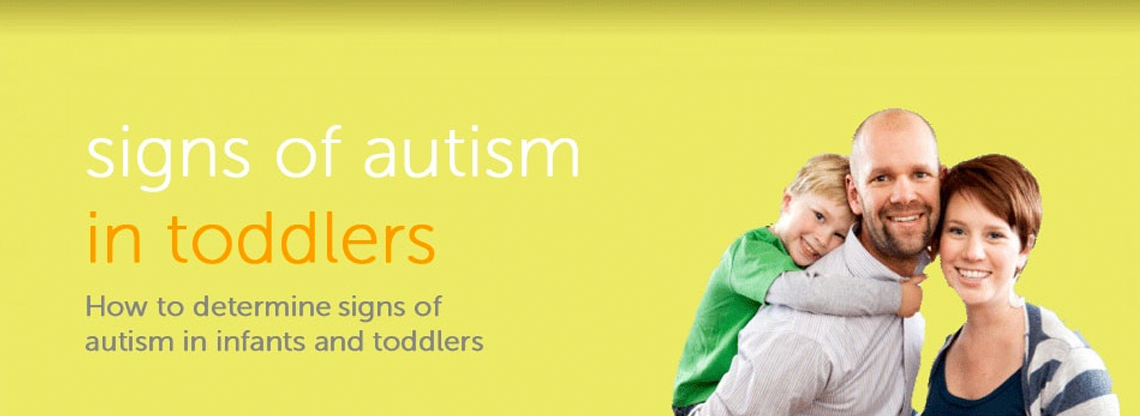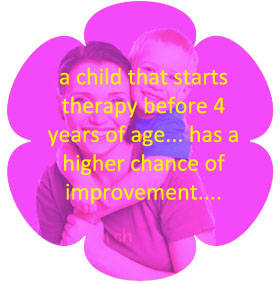What are the signs of autism in toddlers?
Many parents are aware that children develop at their own pace. This can make it difficult to determine whether there is cause for worry if their own child seems to be delayed, or not developing in the same way as others.
It also leads to confusion on whether to be alarmed enough to bring the child to a developmental pediatrician for a check, or to just ‘wait and see’ and hope that the child improves given time.
The website www.autismspeaks.org is an excellent source of further information on this topic. According to their website, the ‘red flags’ that parents should note are:
• No big smiles or other warm, joyful expressions by six months or thereafter
• No back-and-forth sharing of sounds, smiles or other facial expressions by nine months
• No babbling by 12 months
• No back-and-forth gestures such as pointing, showing, reaching or waving by 12 months
• No words by 16 months
• No meaningful, two-word phrases (not including imitating or repeating) by 24 months
• Any loss of speech, babbling or social skills at any age
If your child displays some or all of the above, we suggest that it is time to see a professional / developmental pediatrician to determine next steps.



